Throughout history, women have made incredible sacrifices for medical science, often without recognition or consent. Their bodies became battlegrounds where medical knowledge was advanced through terrible suffering. These forgotten heroines endured experiments and exploitation that helped create modern medicine, though many never lived to see the benefits their sacrifices brought to countless others.
1. Anarcha, Betsey & Lucy

Three enslaved women became the foundation of modern gynecology through unimaginable suffering. Without anesthesia, they endured dozens of excruciating surgeries performed by Dr. J. Marion Sims in the 1840s Alabama. Anarcha survived an astounding 30 operations as Sims perfected his techniques. Their bodies were experimental grounds where they couldn’t refuse treatment or receive pain relief.
Modern medicine gained valuable surgical techniques through their torment, while history barely recorded their full names or acknowledged their involuntary contribution to women’s healthcare.
2. Clara Maass
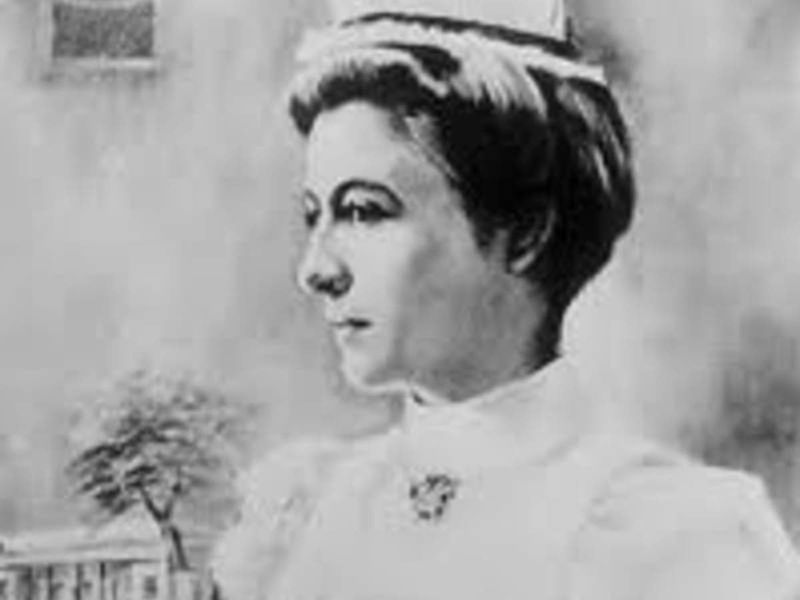
In 1901, Clara Maass made the ultimate sacrifice in the battle against yellow fever. The dedicated American nurse volunteered for experimental mosquito bite tests in Cuba, believing she had immunity from a previous infection. After her second experimental exposure, she developed a severe case of the disease.
Her death at just 25 years old sparked public outrage and led to the immediate halt of human experimentation with yellow fever. Her selfless act transformed research ethics and helped scientists eventually conquer this deadly disease.
3. Gisella Perl
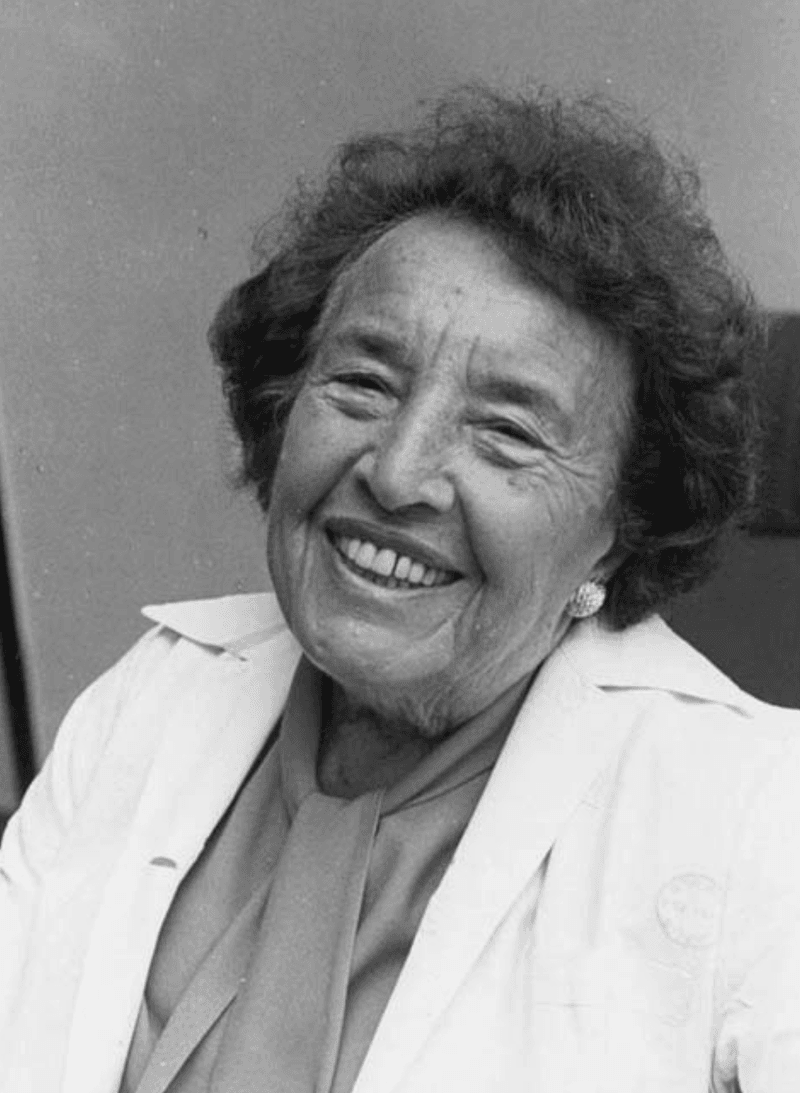
Forced to work under Josef Mengele, Dr. Gisella Perl faced impossible choices in Auschwitz. The Hungarian Jewish gynecologist secretly performed abortions on pregnant prisoners, knowing pregnant women faced immediate execution or became subjects in Mengele’s grotesque experiments. She worked without instruments, anesthesia, or antibiotics.
Despite the trauma of participating in Nazi medical atrocities, her actions saved countless lives. After liberation, Dr. Perl’s testimony exposed the horrors of Nazi experimentation while demonstrating how medical ethics could persist even in humanity’s darkest hour.
4. Jadwiga Dzido
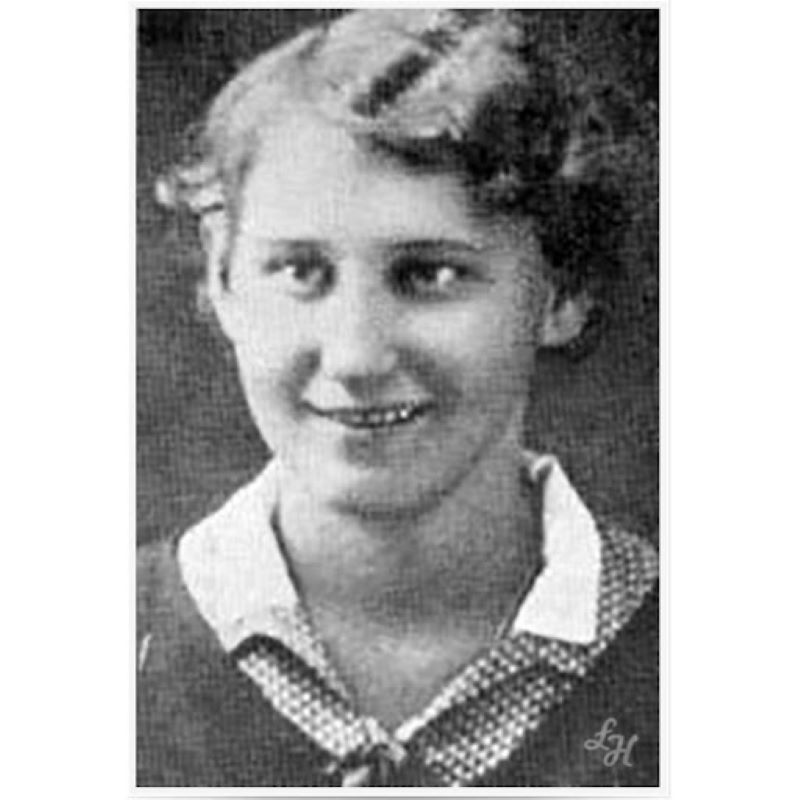
At Ravensbrück concentration camp, 22-year-old pharmacy student Jadwiga Dzido became a human laboratory. Nazi doctors deliberately cut open her leg, inserted glass, wood splinters, and bacteria, then tested sulfonamide drugs on the resulting infection. The Polish resistance member survived but carried deep physical and emotional scars. Later, she bravely testified at the Nuremberg Doctors’ Trial, showing her mutilated leg as evidence.
Her testimony helped establish the Nuremberg Code – ethical principles that now protect all human research subjects from similar atrocities.
5. Dr. Clauberg’s Forgotten Victims
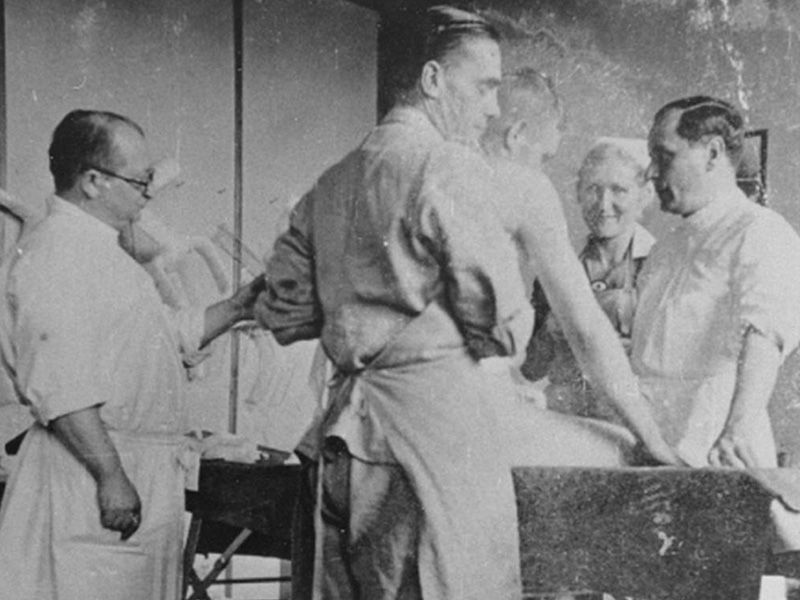
Over 500 Jewish women endured Dr. Carl Clauberg’s brutal sterilization experiments in Block 10 of Auschwitz. Without consent or anesthesia, they received caustic chemical injections and high-dose X-rays that burned their reproductive organs. Many died from these procedures or subsequent infections. The survivors faced lifelong physical and psychological trauma. Their suffering produced sterilization techniques later used in population control programs worldwide.
Despite the scale of these atrocities, most victims remain unnamed in medical history, their individual stories lost while their collective suffering advanced reproductive medicine.
6. Henrietta Lacks
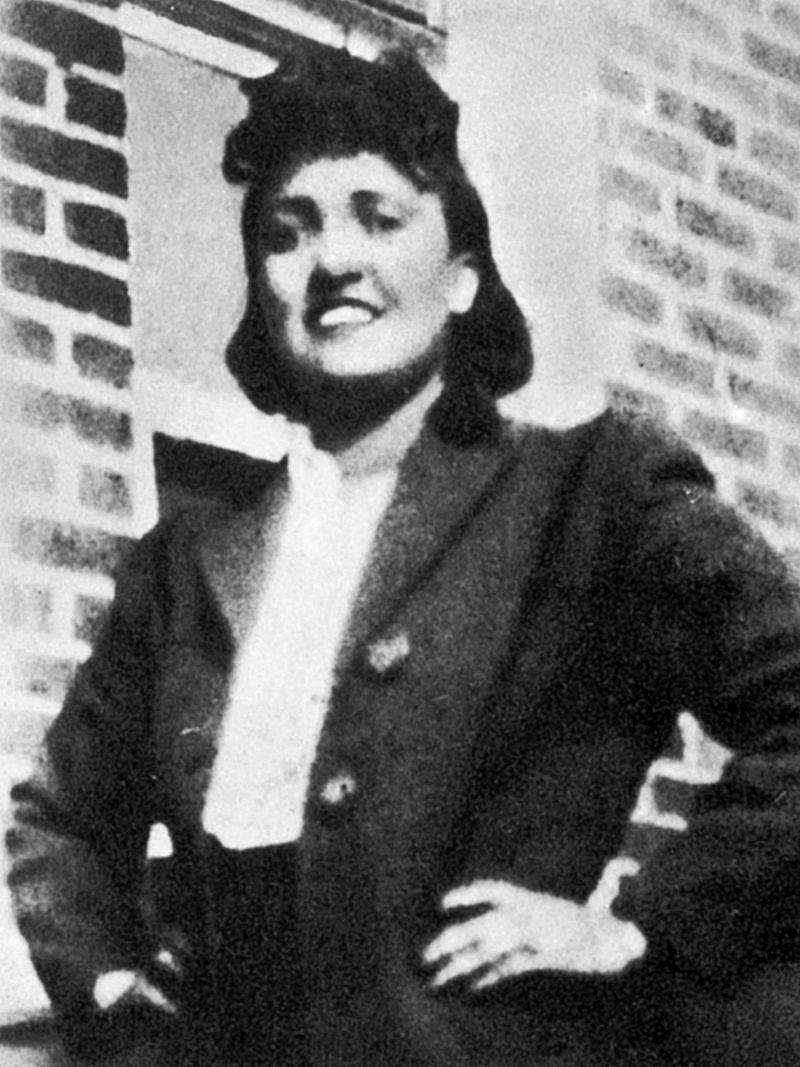
In 1951, a young Black mother named Henrietta Lacks sought treatment for cervical cancer. Without her knowledge or consent, doctors took samples of her uniquely aggressive cancer cells, which became the first human cells to grow continuously in laboratory conditions. While Henrietta died at just 31, her “immortal” HeLa cells revolutionized medicine. They helped develop polio vaccines, cancer treatments, and countless other breakthroughs.
For decades, her family remained unaware of her cells’ contribution to science, highlighting deep ethical issues around consent, race, and ownership of biological materials.
7. Elizabeth Fleischman Ascheim
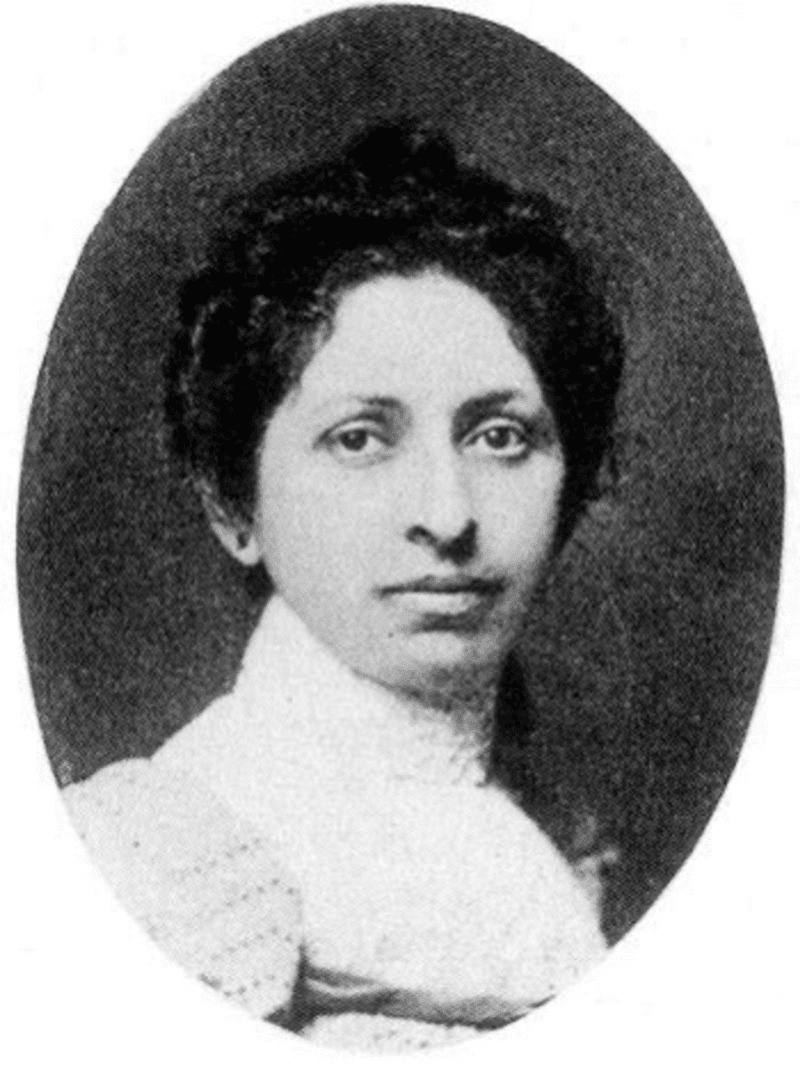
When X-rays were first discovered, nobody understood their dangers. Elizabeth Fleischman Ascheim, America’s first female X-ray technician, spent countless hours exposed to radiation while imaging wounded soldiers from the Spanish-American War. She never used protective equipment because the hazards were unknown.
After years of direct radiation exposure, she developed aggressive cancer that claimed her arm and eventually her life in 1905. Her death at age 46 highlighted radiation’s hidden dangers, leading to crucial safety protocols that protect every X-ray technician and patient today.
8. Carrie Buck
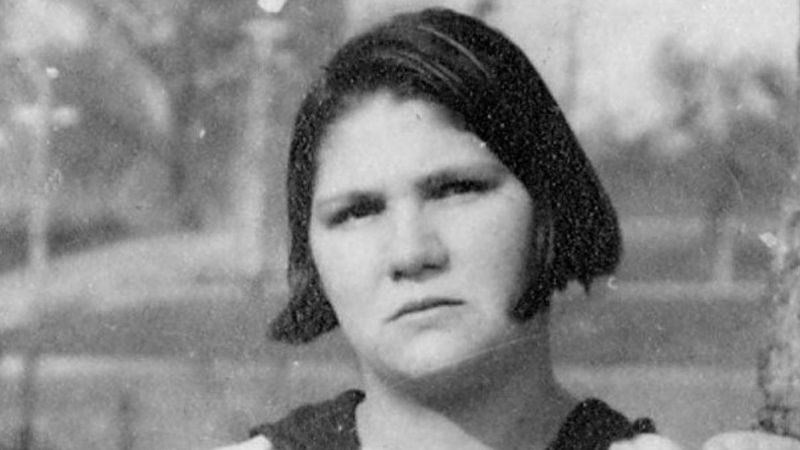
Labeled “feebleminded” despite normal intelligence, 17-year-old Carrie Buck became the test case for America’s eugenics movement. After being raped and impregnated, she was committed to an institution where doctors sought to sterilize her under Virginia’s new eugenics law. Her case reached the Supreme Court, which approved forced sterilization in Buck v. Bell (1927). After the procedure, Carrie became one of over 70,000 Americans sterilized without consent.
Though not a medical breakthrough, her suffering exposed eugenics’ cruelty and eventually led to stronger protections for reproductive autonomy and informed consent.
9. Young Women of Ravensbrück
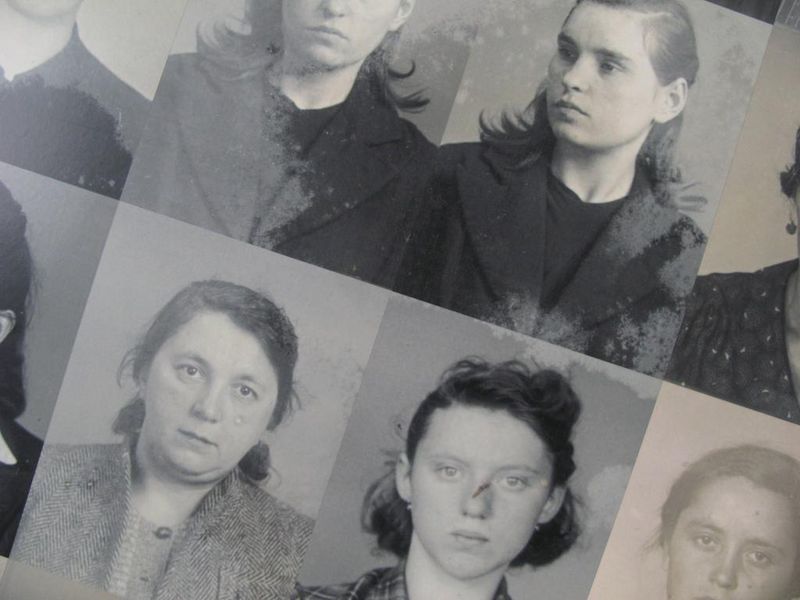
Nazi doctors at Ravensbrück selected young, healthy Polish women for particularly brutal bone and muscle experiments. Their limbs were deliberately broken, infected, or had foreign objects inserted to simulate battlefield injuries. Many developed gangrene as doctors tested various treatments.
Some died during procedures, while others were executed to prevent evidence of these crimes from surviving. The few who lived suffered lifelong disabilities and pain. Their torment advanced orthopedic medicine and infection control, though at an unconscionable cost that violated every principle of medical ethics.
10. The Women of Porton Down

At Britain’s secretive Porton Down facility, female civilian and military volunteers participated in early nerve agent experiments. Many believed they were helping test cold remedies, unaware they were being exposed to deadly sarin and other chemical weapons. Documentation of female participation remains limited, but records confirm women subjects experienced severe reactions, with at least one lethal exposure.
Their suffering revealed how these weapons attacked the human nervous system. These early tests established crucial safety protocols for biochemical research and eventually led to international bans on chemical weapons.

Comments
Loading…